PROGRESSIVE LENSES
What is a progressive lens?
A progressive lens is a lens geometry that allows the correction of presbyopia.
Presbyopia is a natural “ageing” of the eye which appears for all human beings around the age of 40, and which results in a difficulty in reading: close-up vision becomes blurred.
In the presence of another vision defect such as myopia, hyperopia, astigmatism, this optical solution compensates for all these vision defects.
The principle is to achieve on a single lens all the powers necessary for the correction of distance vision to near vision, passing through all the intermediate vision distances.
This is made possible by a gentle and progressive increase in the power of the lens between the top and bottom of the lens: hence the name “progressive lens”.
The transition from one vision distance to another is natural, smooth and seamless.
There is a wide choice of progressive lenses, and a range of prices that are sometimes difficult to understand.
In terms of technology, different parameters and degrees of manufacturing expertise make it possible to generate different levels of visual comfort. It is the performance of each of these criteria that makes the difference between one product and another.
At Bema AudiOptic you have a 2-month adaptation guarantee for your progressive lenses.
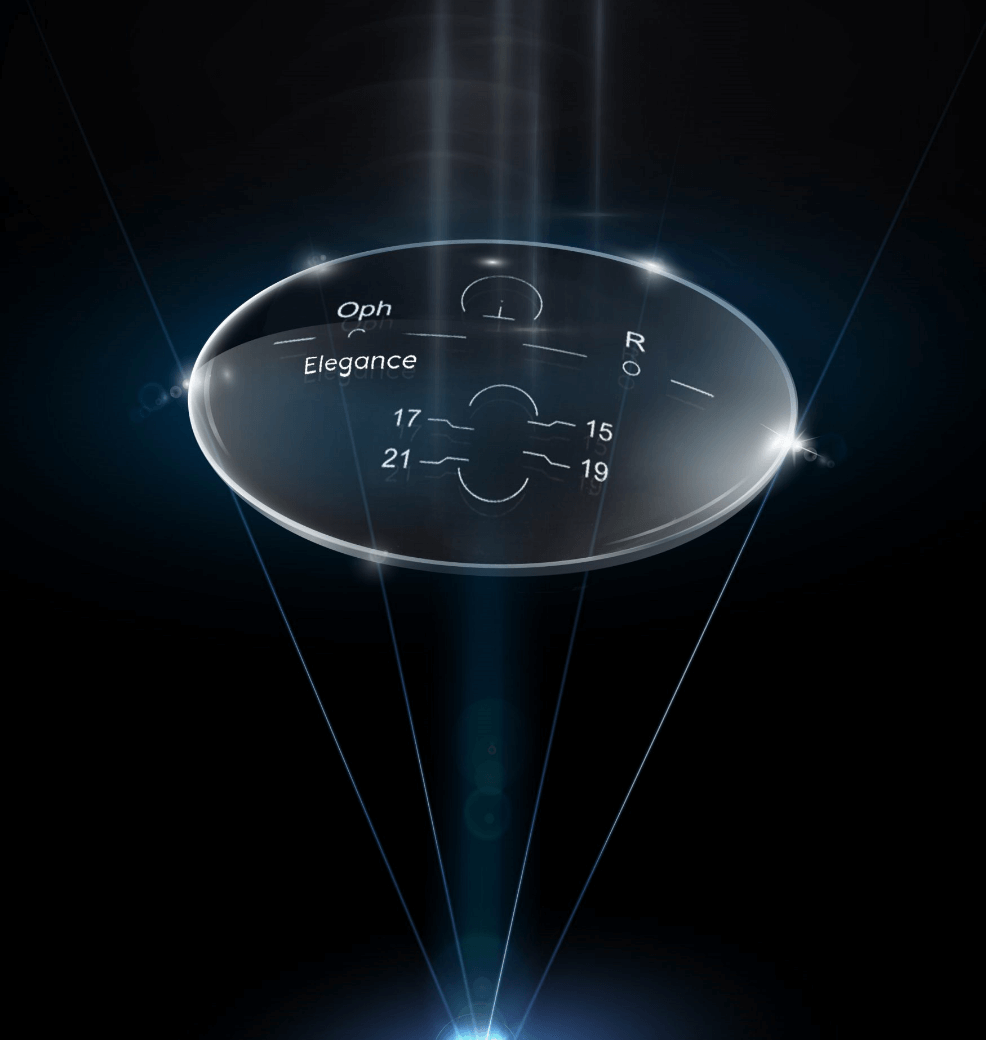
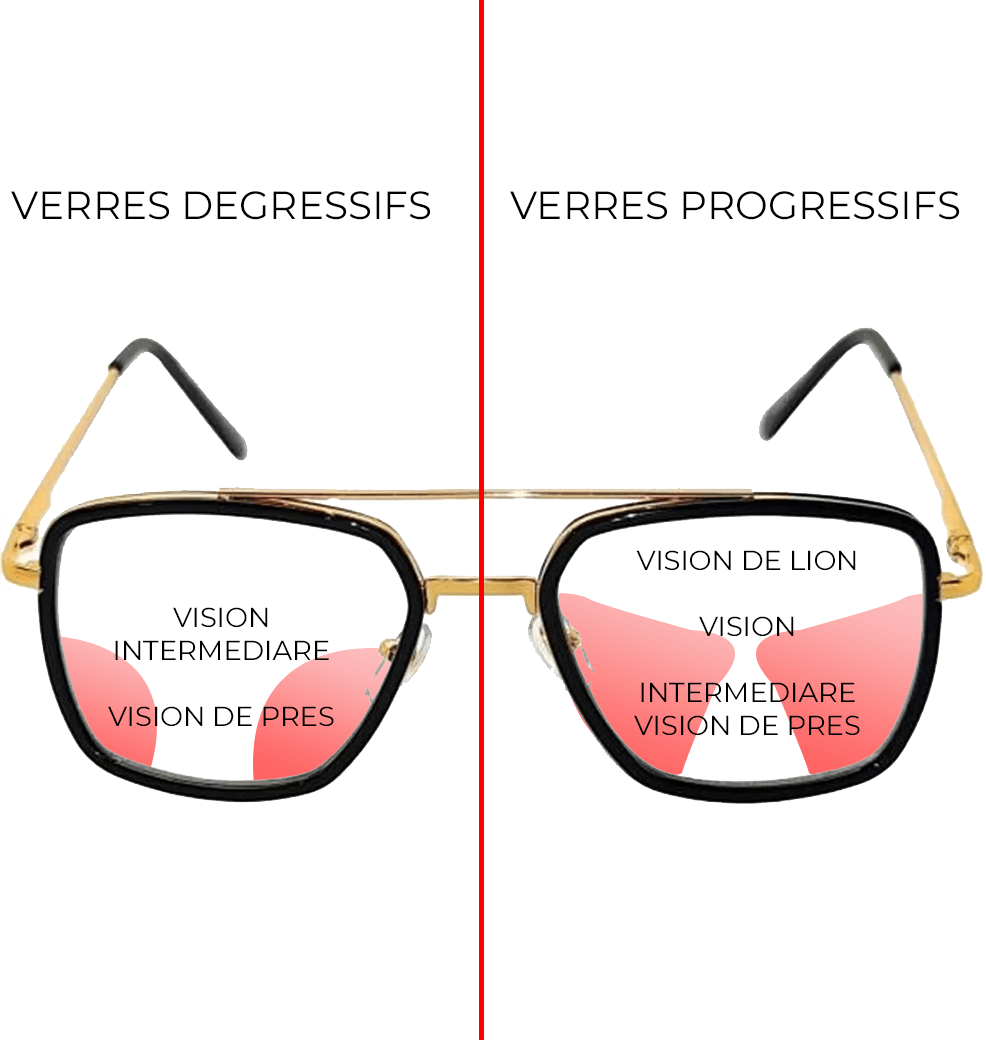
DEGRESSIVE
What is a degressive lens?
This type of lens has the same principle as a progressive lens except that there is no distance vision, this one offers a wider field of vision, which allows you to see both at intermediate and close range. So, with progressive lenses, you can look at your computer screen with good posture and a natural head carriage. Several versions of these lenses are available to give you precise vision depending on your working environment.
At Zeiss, for example, degressive lenses are available with 3 maximum intermediate distances:
The BOOCK: this reading lens offers clear vision up to 100cm.
The NEAR: this optimised reading lens offers clear vision up to 200cm.
The ROOM: this progressive indoor lens offers clear vision up to 400 cm.
At Bema AudiOptic you have a 2-month adaptation guarantee for your progressive lenses.
UNIFOCAL LENSES
What is a unifocal lens?
This lens has a “single focus”, hence the term unifocal, the optical system then has a single corrective power. It is used to compensate for the main visual defects such as myopia, astigmatism, hyperopia, or only the near vision of a presbyopic person (or only their distance vision).
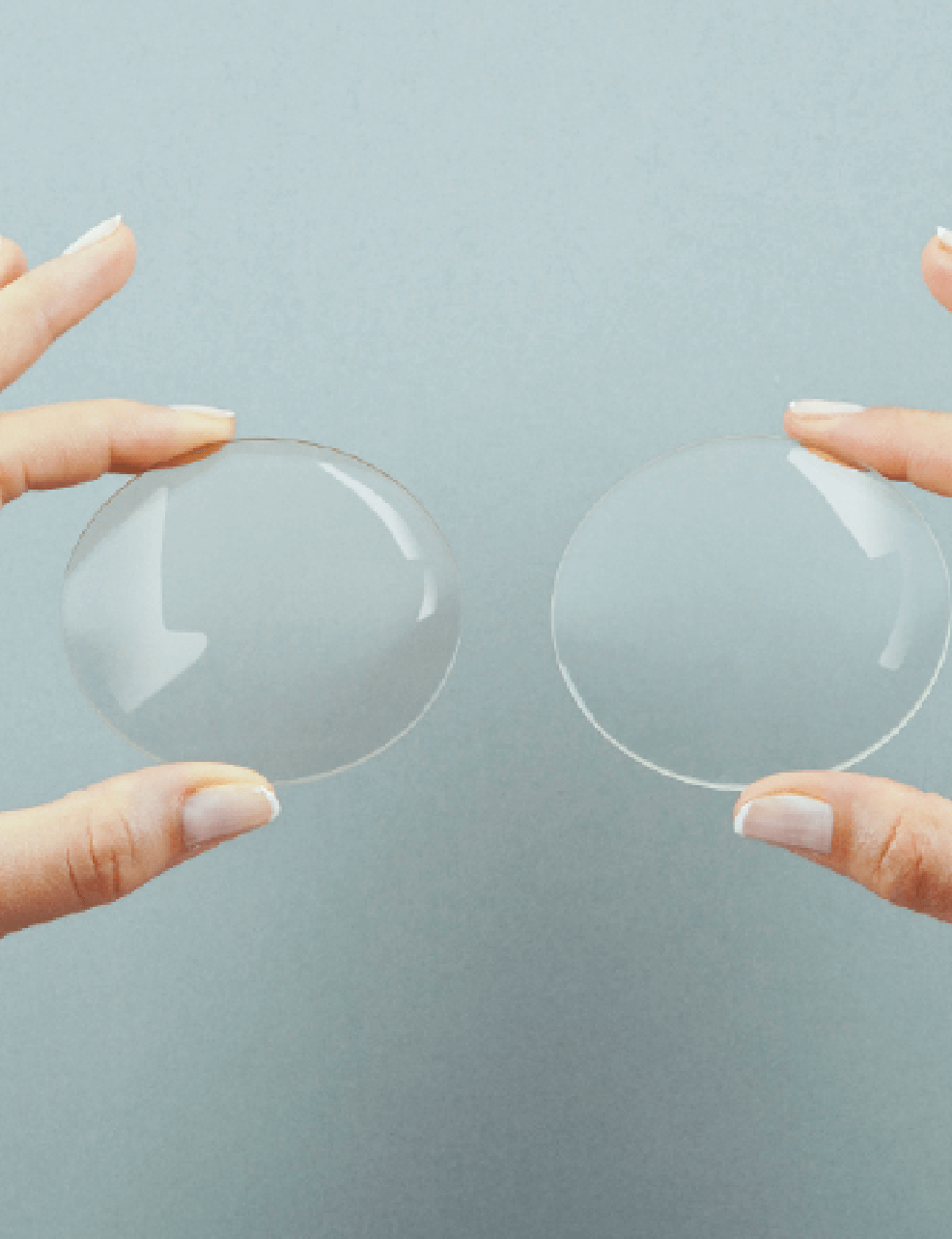

BLUE LIGHT
Advantages and disadvantages:
How much blue light do we need? When and how can we protect ourselves from its harmful effects?
The light that reaches and penetrates the human eye is divided into a light spectrum covering the wavelengths from about 380 to 780 nm and a non-visible spectrum including radiation from the ultraviolet (UV light) to the infrared (IR light).
For some time, experts have been aware that UV radiation can damage biological tissues such as our skin and eyes. To counteract this, we usually use sun protection such as sunscreen or sunglasses. Visible blue-violet light can also cause damage to our eyes Although blue-violet light has a lower energy than ultraviolet light, it is hardly filtered out when it passes through the eye and reaches the retina. In comparison, ultraviolet light is almost entirely absorbed by the front of the eye. Less than 5% reaches the retina.
The blue field of light between 380 and 500 nm is also called high energy visible light (HEV). The ultraviolet wavelengths between 380 and 440 nm are particularly regarded as very critical and as one of the possible causes of photoretinitis, i.e. retinal damage, caused by incident high-energy light.
Light doesn’t just help us see. In addition to influencing our general well-being, it is also an important means of regulating our biological clock. Light influences our sleep, concentration, productivity, dynamism and health.
Scientific studies have shown that light has a biological effect on our body. Ultraviolet light, for example, influences the production of vitamins. Exposure to bright light, and in particular blue light, affects our hormonal balance. The body’s hormones regulate how a person feels and how they sleep-wake cycle. During the day, blue light is relatively high, while it is much lower in the evening.
When it is very bright outside, the body releases serotonin, also known as the ‘happy hormone’, and cortisol, the stress hormone. These two hormones make us feel dynamic and active. Melatonin, however, is considered to be the sleep hormone because it makes us feel tired and helps us to sleep soundly when it is dark.
Light, especially blue light, reaching the retina also affects our psychological well-being. This is why light therapy is successfully used to treat winter depression and insomnia. But, as is often the case, the rule of moderation should be applied. Excessive exposure to light also carries certain risks and can even be harmful.
Too much ultraviolet and blue-violet light can damage the eye. As well as causing painful inflammation of the conjunctiva and cornea, it can also damage the lens of the eye (e.g. cataract) and in particular the retina (macular degeneration).
Wearing sunglasses with full UV protection is essential in bright sunlight and in situations of extreme glare (e.g. on the water, on snowy mountain slopes).
New light sources” such as LEDs, xenon lighting, energy-saving bulbs and lighting from screens are designed to make our lives better and easier. However, they emit too much blue light compared to our old light bulbs. The light spectrum means that we are exposed to significantly more blue light than before. What effect does this have on our eyesight?
Did you know that being outside on a cloudy day for an hour exposes our eyes to up to 30 times more blue light than spending an hour in front of a screen?
It may seem that clear lenses do not require UV protection if they are mainly worn indoors. It is possible to have clear lenses with a blue light filter such as the DuraVision® Blue Protect coating from ZEISS. But why
Light sources or screens cause blue radiation that can cause discomfort or eye strain for some people. For these people, a blue filter can provide sharper vision: the wavelengths of visible light are refracted in different ways by the cornea and the lens, so that they do not all hit the same focal point on the retina. Some people are used to this. They find that it is easier to see red clearly at a distance and blue clearly at a distance, or that it is more tiring to focus on red, green and blue lines than on lines that are all the same or similar in colour.
Other people feel that light sources emitting a high amount of blue light can make them more restless at night. When we are in a dark room or outside at dusk or midnight, our eyes adopt a different mode of vision. In low light, the eye switches from being sensitive to green to the high-energy blue spectrum. In other words, we perceive blue light more intensely, which can give us the impression of increased glare. This effect is familiar to drivers who have already been blinded by the headlights of vehicles with modern xenon or LED bulbs. Lenses with a blue light filter can provide more comfortable vision in these situations.
DuraVision® BlueProtect coating is applied as an additional layer to clear lenses. It offers the advantages of a classic ZEISS DuraVision® Premium coating, combining maximum resistance with ease of cleaning. The BlueProtect coating also includes a filter that attenuates blue light in the spectral range from 380 to approx. 450 nm. This provides greater visual comfort for people who want to protect themselves from blue light during indoor activities, but also to enjoy the beneficial effects of blue light in the range of approx. 450 to 500 nm! Lenses with DuraVision® BlueProtect coating can be used all day, unless you want to wear your sunglasses for outdoor activities or use PhotoFusion lenses that provide UV protection.
Tablets, smartphones and other digital screens not only change the spectrum of light we are exposed to, they also change our visual behaviour. It is true that we spend more time looking at things ‘up close’ than we used to. This is often because the background light is too dim. This is a problem for children: ‘school myopia’ refers to the increasing amount of children who suffer from myopia once they start school.
If we do not spend enough time looking into the distance, then our eyes have little opportunity to rest and we basically “unlearn” our ability to accommodate quickly at various distances. We have to spend more time looking at things. This leads to digital eye strain. In addition, we blink less when staring at digital devices, so our cornea is less frequently moistened by tear fluid. This results in tired, strained eyes. In the worst case, our vision can be impaired.
OUR ADVICE :
we recommend that you relieve your eyes by looking away often, even while working on your laptop, tablet or smartphone. Make sure that your eyes are exposed to sufficient light, while ensuring that they are well protected against excessive UV and blue-violet light.
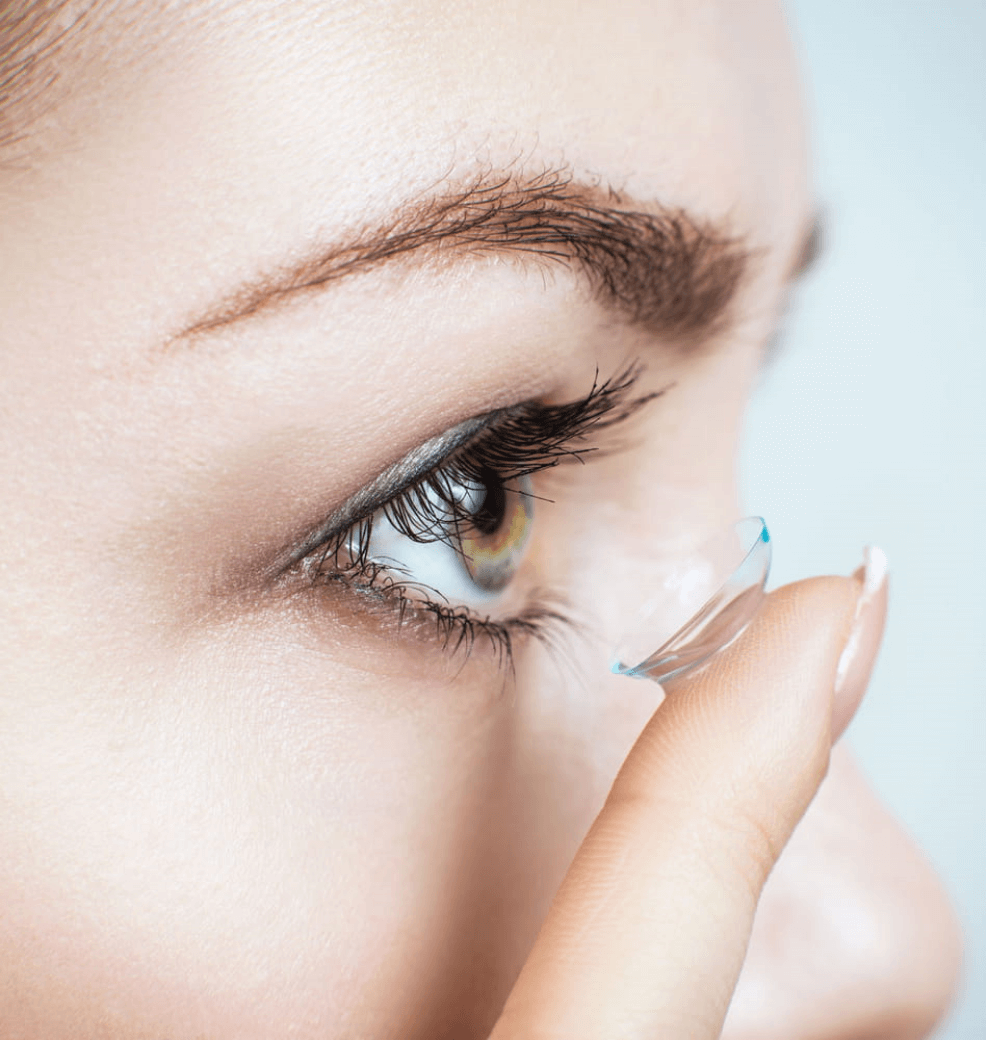
LENSES
Nowadays, there are many types of contact lenses to suit all needs and lifestyles. We will help you choose the lenses that are right for you. We will give you personal advice and we will have the latest technology available in our shop.
Find out more about the different types of contact lenses we offer:
These particularly soft disposable lenses are worn only once and are therefore ideal for temporary use, such as when playing sports.
These lenses also offer an optimal level of hygiene. They do not need to be cleaned or disinfected, and you do not need to care for them or store them.
We represent all brands of daily lenses.
Monthly lenses can be used for up to four weeks and, due to their high oxygen permeability, some of these lenses can be worn continuously for 24 hours.
This means clear vision every morning as soon as you open your eyes.
Other benefits for you:
Because of the short time these lenses are worn, it is almost impossible for them to get dirty and they retain their flexibility as your visual ability changes.
We represent all brands of monthly lenses.
Coloured lenses blend into your eyes so that the result is almost imperceptible to the naked eye. The resultant colour will be unique, as is the colour of your eyes. This is why, if you buy exactly the same lenses as someone you know, the result will not necessarily be the same on them as on you.
FRAME
The frame is a determining element in the chain of your equipment, that is why we work with several suppliers in order to have a large choice of models representing big brands on the market at all prices which will satisfy all styles.
Our brands: RAY BAN, ESPRIT, CARRERA, VOGUE, EMPORIO ARMANI, DOLCE GABANA, KINTO, RALPH LAUREN, VERSACE, POLAROID, SILHOUETTE, CHARMANT, BOSS ORANGE, TOMMY HILFIGER, CAZAL, ZENKA AND MANY MORE
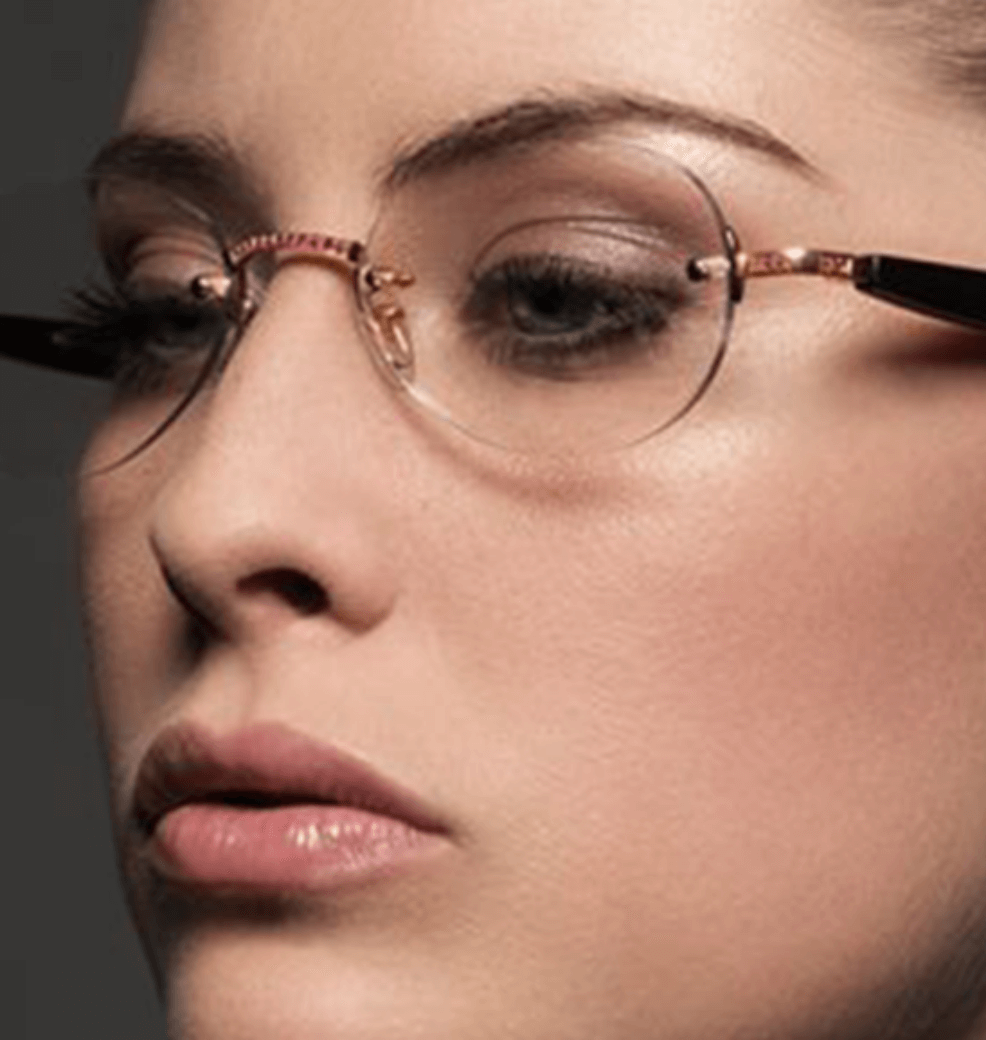
Service

EYE EXAMINATION
We will provide personalised vision advice with knowledge of your personal situation and eye health, to provide you with a tailor-made solution.

EYEWEAR MAINTENANCE
We start with an ultrasonic cleaning of your glasses.
Followed by a tightening of the screws which will allow the temples to be well in place.
Changing the nose pads for a new look.
Cleaning of your glasses.
We finalize the whole process by symmetrizing your frame so that it is straight on your face.
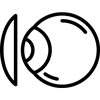
ADAPTATION OF LENSES
CONTACT US
Do not hesitate to contact us on +32 2 267 04 48 for any additional
information or to make an appointment.
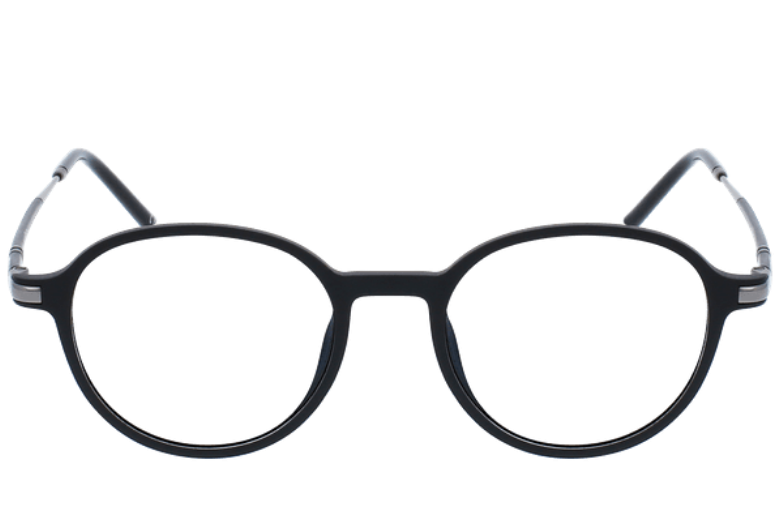

OPENING HOURS
Monday to Saturday
09:30 AM – 12:30 PM
01:30 PM – 6:30 PM
Sunday: Closed
Newsletter

